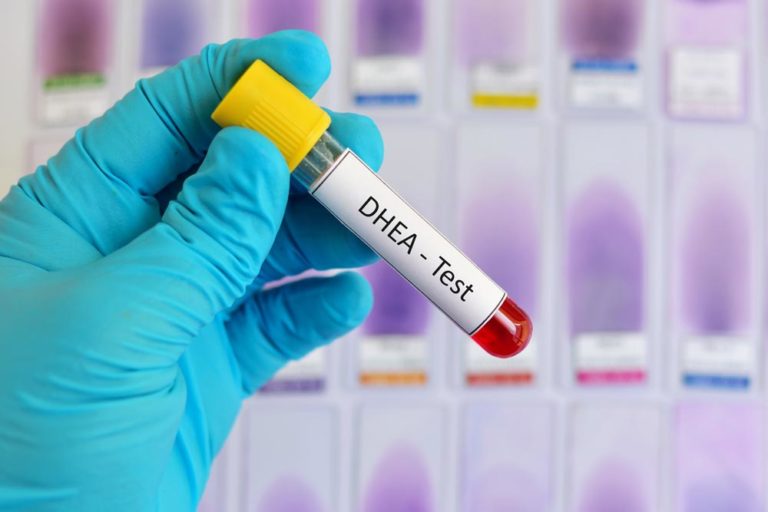Latest Facts
Medical Studies on DHEA –The Latest Facts

Are you looking for a quick overview of the latest research on DHEA and its multiple applications? In this section, you will find the most important recent studies listed individually. Of course, you will also find these studies listed in their respective subject categories.
The presented selection of studies was curated by the scientific committee of Interchron, the international forum for chronobiology, and by ea³m, the European Academy of Preventive and Anti Aging Medicine, and will be continuously updated.